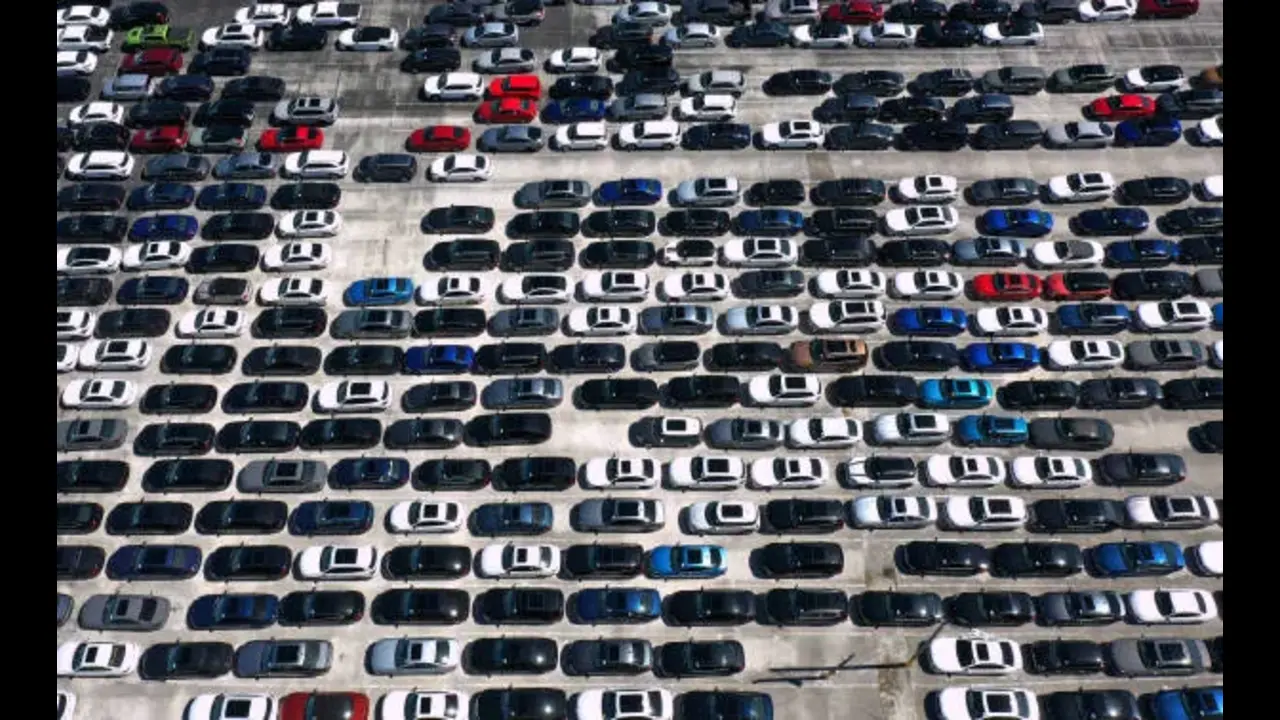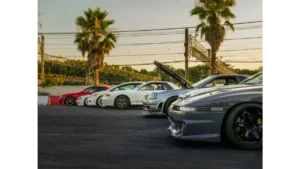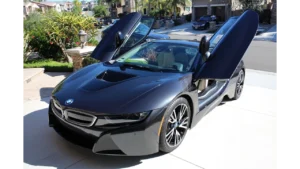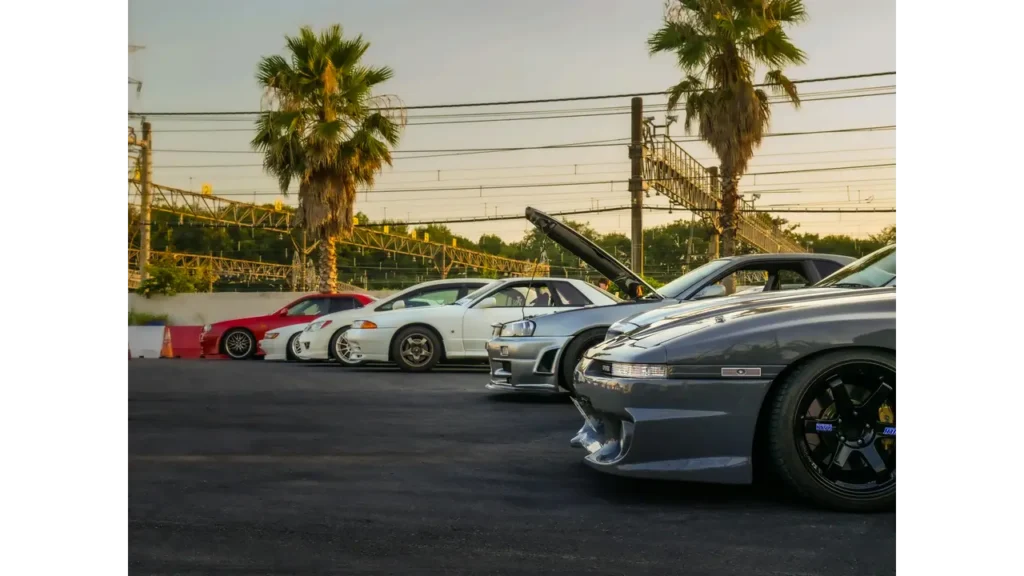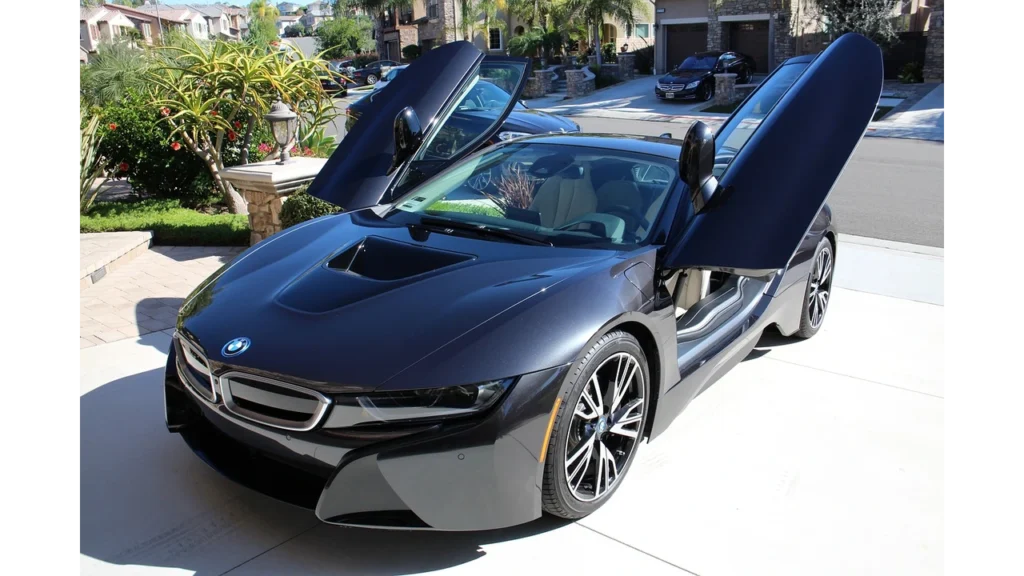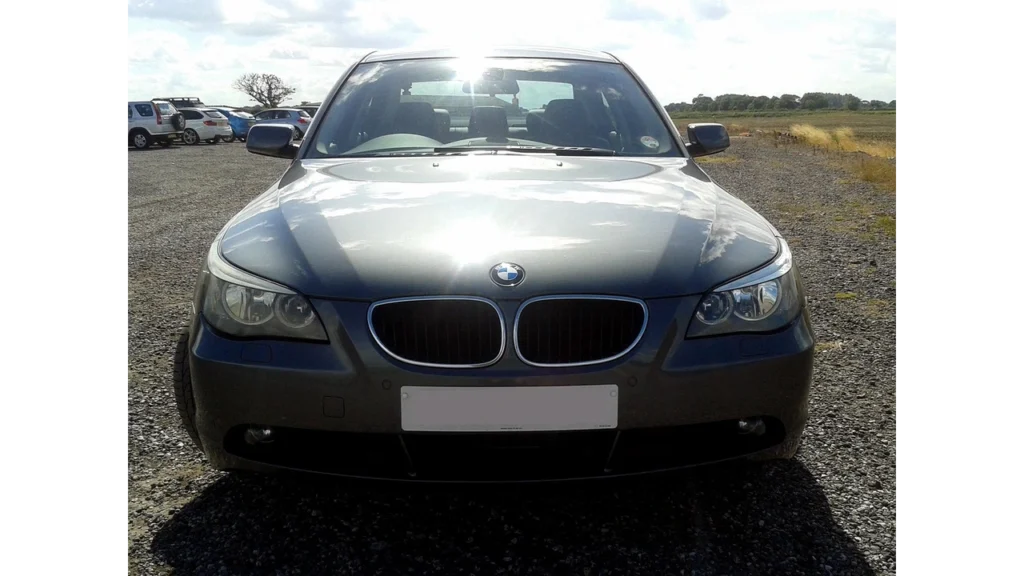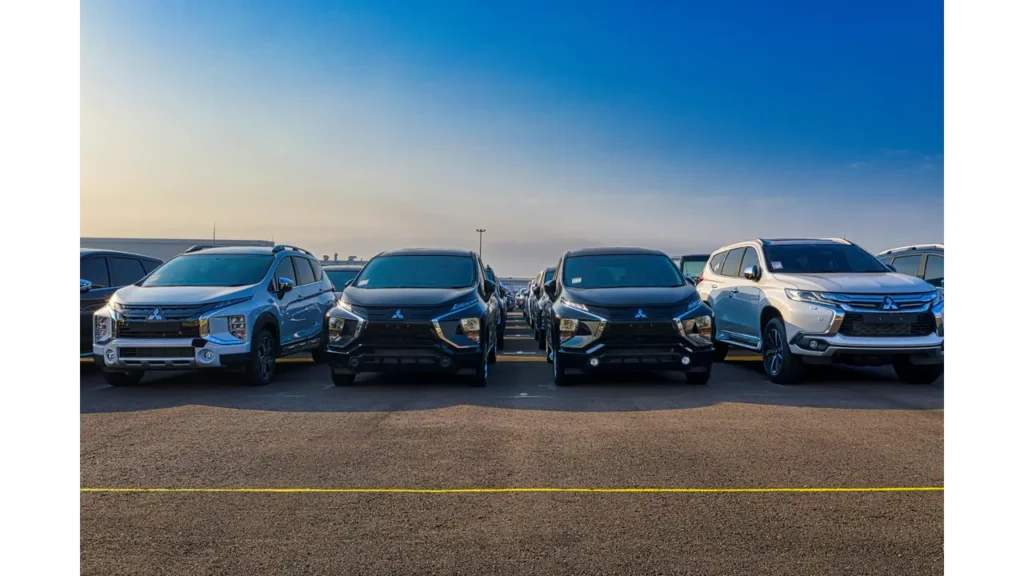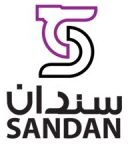Introduction
Seasonality affects used car prices in Oman more than most shoppers realize. Prices track a rhythm shaped by import arrivals, holiday promotions, heat-driven usage patterns, and quarterly finance behavior. Supply surges after shipping cycles; demand spikes around pay bonuses, relocations, and school calendars. Each wave moves differently by body type and powertrain: SUVs rise with family travel and off-road tourism; compact sedans track commute demand; hybrids and EVs align with fuel sentiment and warranty confidence. Understanding these cycles creates leverage at the negotiation table and improves total cost of ownership.
The market’s stabilizer is inventory quality and verification. Cars listed with complete inspection files, service histories, and clean ROP documentation resist extreme price swings because risk is priced out. Centralized hubs such as Sandan Industrial City concentrate these signals. Within one zone, dealers, inspection bays, finance desks, and insurance counters synchronize the handover from viewing to registration. Discovery and service routing start with inspection, paperwork, and workshop options.
Seasonality is not only about finding the cheapest month. It is about matching budget windows to supply inflows, using warranty timelines and inspection outcomes to judge real value. The following sections decode the timing logic with clear quarterly patterns, import lags, and buyer-type behavior, so shoppers plan purchases by evidence rather than anecdotes.
Key Takeaways / TLDR
- Prices move with import cycles, holiday promotions, and financing timelines.
- SUVs, sedans, and hybrids follow distinct seasonal curves.
- Verified inspection and ROP-ready files reduce price volatility.
- Sandan Industrial City centralizes dealer stock, diagnostics, finance, and insurance for faster, documented purchases.
Table of Contents
Understanding Seasonality in Oman’s Used Car Market
Seasonality in Oman emerges from the interaction of four forces: supply inflow, buyer intent, climate, and finance. Supply inflow depends on shipping schedules and customs clearance. When containers or RoRo vessels land in clusters, inventory expands and sellers compete, nudging prices down for comparable trims. Buyer intent cycles around Ramadan and Eid promotions, post-bonus periods, school restarts, and expat turnover. Climate contributes by altering usage and desirability: long, hot months favor well-maintained cooling systems and push buyers toward reliable SUVs with intact service histories. Finance acts as the gatekeeper, opening or tightening based on bank targets, DSR thresholds, and tenure policies for older vehicles.
Model segmentation matters. Family SUVs show demand waves around travel breaks and outdoor seasons, lifting clean, low-mileage units with warranty coverage. Compact sedans stabilize commuter budgets year-round but dip during heavy import arrivals. Hybrids and EVs swing with fuel sentiment and battery confidence; listings with verified state-of-health data hold premiums independent of month. Imported stock introduces a lag: auction to ship to customs to listing can span weeks, so today’s price often reflects decisions made last month.
Documentation compresses risk and, by extension, seasonal volatility. A car carrying a thorough inspection report, paint-meter readings, OBD scans, and consistent service stamps anchors its value against temporary promotions. This is why dense ecosystems such as Sandan Industrial City influence seasonality: by keeping inspection, financing, and ROP transfer under one roof, they convert variable listings into comparable, bank-ready assets. Shoppers timing the market should combine macro cues—import waves, holiday offers—with micro proof: inspection completeness, VIN consistency, and insurance readiness. That blend produces the most reliable entry point, regardless of calendar quirks.
Key Seasons That Affect Used Car Prices in Oman
Q1: Post-holiday recalibration. January and early February often bring softer demand as households reset budgets. Meanwhile, inventory from late-year sourcing starts to surface after customs clearance. Clean commuter sedans and mid-spec SUVs see modest discounts as dealers turn stock and align with new bank targets. This window rewards buyers ready with finance pre-approval and inspection appointments.
Q2: Ramadan to Eid cycle. Dealers promote aggressively with bundled services, warranty extensions, or insurance vouchers. Prices can appear lower, but true value sits in verified condition and add-ons that reduce year-one costs. Hybrids with documented battery health and recent servicing hold firm; cosmetic-only discounts fade at inspection. Late Q2 also captures GCC import inflows, widening choice for popular trims.
Q3: Summer heat and expat turnover. Heat stresses cooling systems and batteries, increasing the premium on cars with recent radiators, compressors, and high CCA batteries. Expat departures create private listings and trade-ins, expanding supply for SUVs and family sedans. Inspection rigor matters most here; corrosion checks and AC performance determine real savings. Well-documented units sell quickly at fair, not fire-sale, prices.
Q4: Year-end clearance and finance completion. Dealers reconcile targets and move aging inventory before model-year rollover. Banks close books and may fast-track approvals for clean files. This is a strong negotiation period for older model years, provided inspection and ROP readiness are airtight. Imported stock purchased in late summer often lists now, creating overlap between clearance pricing and fresh arrivals.
Across all quarters, Sandan Industrial City acts as the timing equalizer. Inventory concentration, on-site diagnostics, and direct links to lenders and insurers shorten the cycle from shortlist to registration. Planning a purchase around quarter-specific signals, then routing the final step through Sandan’s services, aligns seasonal opportunities with documented certainty.
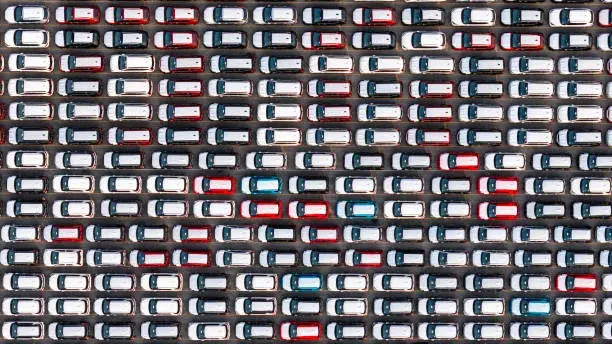
Import and Supply Chain Timing
Import cycles shape used car prices in Oman more than seasonal advertising. Most used vehicles enter through GCC routes, Japanese auctions, or European dealerships. These imports follow predictable logistics patterns tied to port schedules, customs capacity, and international shipping rates. When RoRo carriers dock at Sohar or Salalah in clusters, inventory volume in the market expands sharply within four to six weeks. Dealers rush to clear older stock before new batches arrive, leading to temporary price adjustments.
Import delays create the opposite effect. Weather disruptions in Japanese or Singaporean ports, or customs slowdowns during holidays, reduce available stock and keep prices steady despite weak demand. Cars listed with full CIF (Cost, Insurance, Freight) documentation, customs receipts, and ROP clearance records command buyer trust and sell faster even in tight supply cycles.
Timing matters: vehicles imported at the end of Q1 often reach showrooms just before Ramadan, coinciding with promotional campaigns. Late-summer imports, on the other hand, appear in Q4 listings, aligning with year-end clearance offers. These cycles repeat consistently, allowing informed buyers to predict listing surges.
Sandan Industrial City reduces the lag between import and resale by hosting centralized logistics, dealer showrooms, and customs-linked inspection bays. Cars cleared through Sandan’s ecosystem are typically ready for retail faster than those routed through smaller independent yards. Verified records, inspection transparency, and service access make Sandan a stabilizing node in Oman’s seasonal import rhythm.
Market Psychology and Buyer Behavior
Used car demand in Oman responds to both economic and emotional cycles. Consumer sentiment rises after salary bonuses or business renewals, while uncertainty in fuel prices or global news tightens discretionary spending. During Ramadan and Eid, promotions amplify optimism, increasing showroom traffic but not always transaction closure. Buyers in this window are selective, prioritizing warranty and financing flexibility over steep discounts.
Expats form another behavioral layer. Many plan purchases around relocation schedules—arriving in August and selling before summer. Their entry and exit cycles expand mid-range supply while compressing premium segments. Families align purchases with school years, pushing SUV demand in Q3. Younger professionals tend to buy after Q1 pay reviews when disposable income is predictable.
Dealers mirror these rhythms. They expand inventory before peak buying quarters and offer bundled deals near fiscal deadlines. Loan approval cycles also influence timing; banks tighten mid-year but relax near Q4 to meet lending targets. These dynamics form an emotional clockwork where confidence, liquidity, and timing converge.
Sandan Industrial City sits within this behavioral matrix as a credibility filter. Buyers visiting Sandan interact with certified dealers, verified service records, and financing desks that translate market emotion into transaction certainty. While seasonal mood drives intent, documentation and on-site inspection turn that intent into completed sales.
Best Times of the Year to Buy Used Cars in Oman
The most favorable windows to buy depend on aligning low-demand periods with high inventory turnover.
Early Q1 (January–February): Market resets after year-end promotions. Dealers clear unsold stock from December imports, often offering negotiable pricing. Banks open new annual targets, improving loan approval speed.
Post-Ramadan (Late Q2): After the holiday surge, showrooms experience short-term saturation. Sellers holding unsold units offer genuine discounts. This is a strong window for buyers who value certified vehicles over promotional hype.
Mid-Q3 (July–August): Expat departures expand supply through private listings and trade-ins. Prices for family sedans and mid-size SUVs often soften briefly before stabilizing in September.
Late Q4 (November–December): Dealers and banks close annual targets. Older model years see structured price cuts, and warranty packages are used to move stock before the new year.
Timing strategy works best when paired with documentation quality. Sandan Industrial City’s marketplace gives access to inspected vehicles, transparent pricing, and instant financing support, minimizing seasonal risk. Buyers checking listings or visiting service providers can align seasonal timing with verified condition. The best time, therefore, is not only about month or quarter but about finding certified stock at the intersection of demand lull and inspection credibility.
How Sandan Industrial City Helps Time the Market
Seasonality influences price, but location dictates transaction reliability. Sandan Industrial City operates as a concentrated automotive hub where inspection, financing, and logistics intersect. This integrated setup shortens the window between import arrival and retail listing, creating consistent market liquidity. Dealers inside Sandan manage shared infrastructure—diagnostic bays, ROP registration offices, and insurance partners—that streamline ownership transfer. When seasonal promotions occur elsewhere, Sandan maintains pricing stability through verified stock turnover rather than speculative markdowns.
Centralization improves transparency. Every listed car undergoes multi-point mechanical and electronic checks before being displayed, filtering out under-serviced imports or vehicles with incomplete customs documentation. The result is uniform pricing that tracks real vehicle quality rather than market hype. Buyers timing their purchases to low-demand periods can rely on Sandan listings for authentic depreciation curves, uninflated by temporary demand spikes.
Financing synergy adds another dimension. Banks with on-site representatives at Sandan match offers to seasonal buyer behavior—extending tenure in Q1 to attract fresh demand or easing eligibility criteria in Q4 to meet lending quotas. This reduces the friction between intent and purchase during optimal price periods.
The industrial city’s digital and physical footprint connects these services to public access. From warranty claims to insurance verification, buyers can plan purchases without navigating multiple external offices. In Oman’s cyclical used car market, Sandan functions as the control node that converts timing awareness into tangible price advantage.
Financing, VAT, and Price Elasticity
Financing and VAT policy exert predictable seasonal pressure on used car pricing. Bank lending cycles determine liquidity; VAT compliance shapes final pricing transparency. During Q1, lenders target portfolio growth and often release favorable rates or shorter approval queues. This liquidity fuels temporary price firmness despite low consumer turnout. As the year advances, approval criteria tighten, but Q4 typically sees renewed competition among banks eager to close lending targets, giving cash-ready buyers stronger bargaining leverage.
VAT influences elasticity through compliance cost. Vehicles sold by registered dealers must reflect VAT on margin, whereas private sales outside that system display wider price variance. When VAT thresholds adjust or auditing periods approach, some dealers accelerate sales, lowering margins temporarily. These micro-events often coincide with Ramadan or fiscal year-end clearance drives, offering short negotiation windows for buyers tracking both finance and tax calendars.
Price elasticity varies by payment method. Cash transactions can trigger immediate markdowns when dealers face quarter-end stock pressure. Financed deals maintain steadier pricing but may include service or warranty bundles to offset interest cost perception. Buyers comparing both should factor total cost, not sticker difference.
At Sandan Industrial City, VAT compliance is standardized. Each dealer operates within a regulated framework that automatically reflects tax obligations in the final invoice, reducing post-sale discrepancies. Combined with on-site finance and insurance channels, Sandan compresses decision timelines during seasonal windows, allowing buyers to execute purchases precisely when pricing conditions align.
Predictive Outlook – Emerging Trends
Oman’s used car market is entering a data-driven phase where artificial intelligence, consumer analytics, and import tracking reshape seasonality. Machine learning tools are beginning to predict resale elasticity by model year and mileage, allowing dealers to pre-price inventory ahead of demand peaks. Hybrid and electric vehicles will introduce new timing cycles linked to battery warranty lifespans and technology updates rather than holidays or climate shifts.
Macroeconomic indicators also contribute. Fluctuating fuel costs and global logistics patterns now determine import batch frequency. The expected expansion of Sohar Port’s automotive terminal will reduce customs congestion, shortening CIF-to-retail time and smoothing quarterly volatility.
Sandan Industrial City is adapting to this predictive future. Digital inspection records, IoT-linked diagnostics, and real-time finance availability data create transparent feedback loops between buyer intent and inventory readiness. Such integration will gradually flatten extreme seasonal price swings by distributing verified supply more evenly across the year.
For informed buyers, the next stage of timing strategy involves pairing human market sense with AI-derived trend data. Watching dealer patterns within Sandan’s ecosystem at will reveal early signals of stock expansion, price recalibration, or new model influxes. Those who learn to read these signals will capture optimal pricing not just by month or quarter but by data precision, setting the next benchmark for automotive purchasing in Oman.
Mistakes to Avoid When Timing Purchases
Seasonal timing helps, but execution errors erase savings quickly. The most common mistake is chasing headline discounts without verifying condition. Promotions around Ramadan or year-end can disguise deferred maintenance, weak batteries, or mismatched paint. A complete inspection file with OBD scans, paint-depth readings, brake and tire measurements, and AC performance data carries more value than a temporary markdown. Vehicles routed through inspection bays inside Sandan Industrial City typically surface this evidence upfront, lowering reconditioning surprises.
Another error is ignoring import lags. Listings often reflect shipping decisions made weeks earlier. If a RoRo cluster has just docked at Sohar, comparable stock will expand within four to six weeks. Buying a day before that wave can forfeit better selection and softer pricing. Calendar awareness should pair with port intelligence and dealer inventory signals.
Financing friction is a third trap. Approval delays can push a buyer past an ideal window. Pre-approval with a realistic tenor and down payment protects timing advantages. Banks positioned in Sandan streamline this step by reviewing inspection results and valuation on the spot, cutting days out of the process.
Documentation shortcuts waste both money and time. A missing export certificate, inconsistent VIN entry, or outdated insurance quote can stall ROP transfer. During low-demand windows, sellers may be flexible on price but firm on paperwork. Clean files close deals; messy files linger until the window closes.
Finally, price-only thinking overlooks total cost. A slightly higher sticker on a car with fresh service, premium tires, and an active warranty can beat a cheaper unit needing immediate maintenance. Seasonal value is captured in the first twelve months of ownership costs, not only the negotiation moment. Aligning timing with verified condition at Sandan’s marketplace reduces these pitfalls and keeps the seasonal thesis intact. Explore services at to pre-arrange inspection, insurance, and transfer support.
Summary and Actionable Buying Strategy
Seasonality in Oman can be translated into a clear playbook anchored on evidence, not anecdotes. Start with a quarter-aware calendar: early Q1 and post-Ramadan typically present softer demand; mid-Q3 benefits from expat turnover; late Q4 brings dealer and bank targets into view. Overlay import patterns to anticipate selection surges four to six weeks after major port arrivals.
Build a pre-approval buffer. Secure finance terms before shopping, with documents ready for instant underwriting. Lenders based in Sandan Industrial City can validate inspection outputs and finalize approvals quickly, preserving short pricing windows.
Standardize inspection demands. Require VIN-matched reports with OBD diagnostics, paint-meter data, brake and tire depths, battery test results, and AC performance. Reject summary-only sheets. If a promising car lacks proof, route it to Sandan’s inspection bays and negotiate subject to results.
Price using total cost logic. Compare vehicles on twelve-month ownership forecasts that include insurance, predictable maintenance, and registration fees. Favor units with recent critical maintenance, such as cooling system service, brake rotors, and quality tires; these reduce early ownership spend even if the sticker is marginally higher.
Stage the handover. Reserve with a traceable deposit, complete ROP transfer immediately after inspection success, and activate insurance on the same day. Sandan’s co-located counters for inspection, insurance, and documentation compress this choreography into a single route, limiting storage costs and missed windows. For marketplace navigation and service booking.
Conclusion
Seasonality guides the search; verification closes the deal. Used car prices in Oman ebb and flow with import cycles, holiday promotions, climate demands, and bank behavior. The buyers who benefit most align two clocks at once: the market calendar and the documentation clock. When inventory swells, selection and negotiation improve; when promotions peak, inspection discipline protects against cosmetic discounts that hide costly repairs.
Sandan Industrial City acts as the market’s metronome. Concentrated dealers, inspection centers, finance desks, and insurance counters keep transactions predictable, even as broader cycles shift. Cars listed with complete files hold steadier value; cars without proof depend on timing luck. The pragmatic strategy is simple: shortlist around favorable quarters, validate condition rigorously, lock finance early, and finalize transfer inside a regulated hub.
Following this sequence converts seasonal theory into real savings and fewer surprises across the first year of ownership. Those planning a purchase can map their timeline, pre-book inspections, and coordinate registration through Sandan’s ecosystem for a cleaner, faster path from listing to plate issuance.
FAQs:
1. What is the best month to buy a used car in Oman?
January, February, and the post-Ramadan months typically present softer demand and better negotiation flexibility. Inventory is high after new imports clear customs, and dealers adjust prices to meet quarterly sales targets.
2. Do used car prices in Oman drop during Ramadan?
Dealers often run promotions during Ramadan, but many focus on add-ons—free servicing, insurance, or extended warranties—rather than deep price cuts. True value appears after Ramadan when unsold stock creates more room for negotiation.
3. How do import delays affect used car prices in Oman?
Import slowdowns from Japan, GCC, or Europe temporarily tighten supply, keeping prices firm even in low-demand months. When shipments resume, increased stock pushes prices down as dealers compete to clear space.
4. Are SUVs and sedans affected equally by seasonal price changes?
No. SUVs usually rise in demand before summer travel and drop slightly in cooler months. Sedans show more stable pricing but dip after major import arrivals. Hybrids and EVs depend on fuel sentiment and battery health documentation.
5. How does Sandan Industrial City impact used car pricing?
Sandan Industrial City hosts verified dealers, inspection centers, and financial partners that standardize transactions. Its concentrated ecosystem stabilizes prices by ensuring documentation integrity, consistent inspection quality, and transparent VAT compliance.

